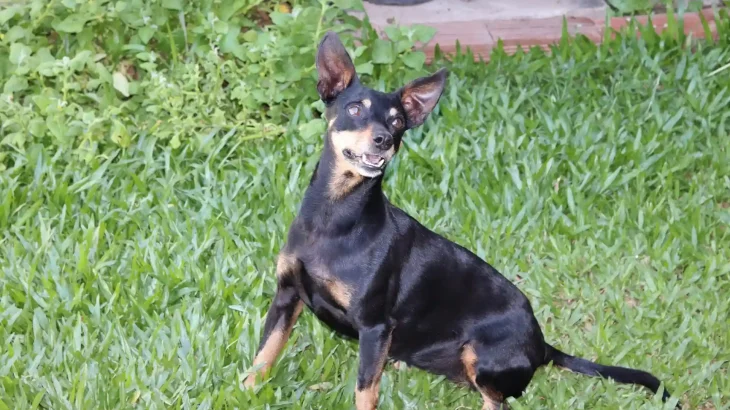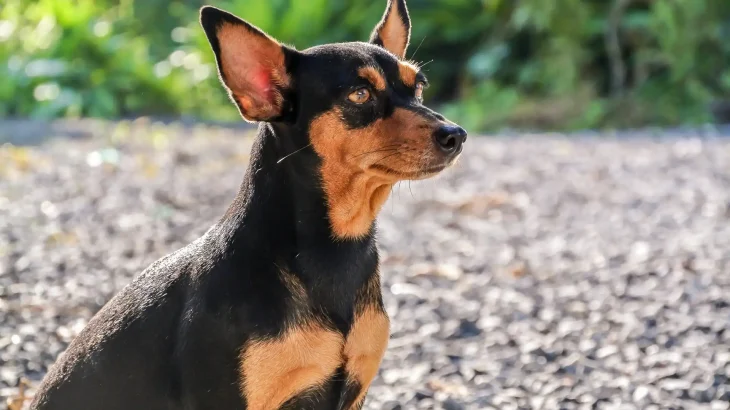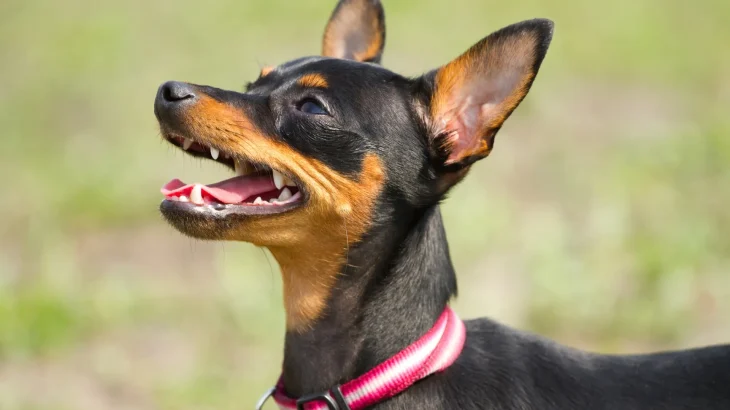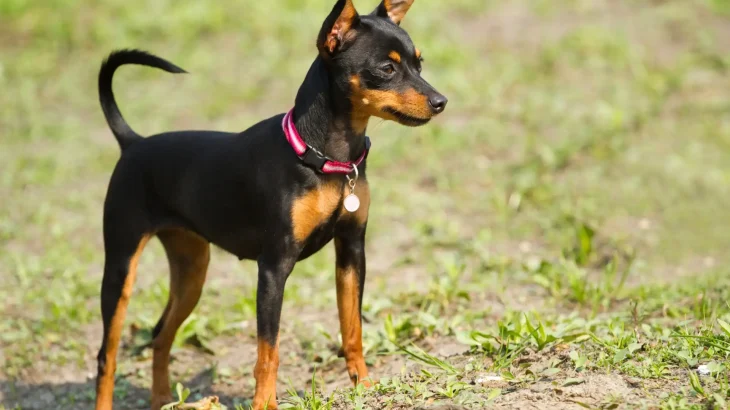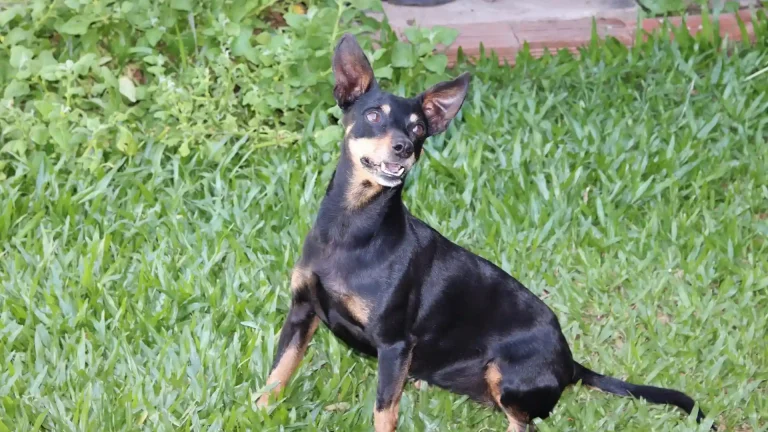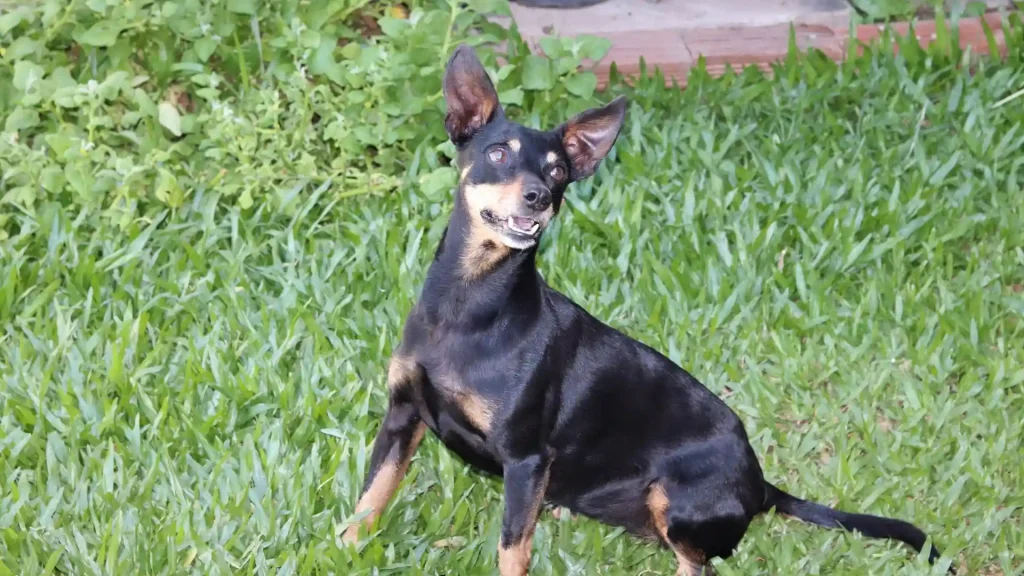When deciding to welcome a Prague Ratter puppy into your home, you can either adopt or purchase one. Each option has its perks and challenges, especially when considering factors like health transparency and ethical practices. This comparison helps clarify which path might suit your preferences and values best.
Adoption vs. Breeder: Pros & Cons
| Criteria | Buying from Breeder | Adopting from Shelter/Rescue |
|---|---|---|
| Cost | Usually more expensive, as purebred Prague Ratters command higher prices due to breeding and care costs. | Lower fees as shelters aim to find homes rather than profit, making it more affordable. |
| Health History | Breeders often provide detailed health records and genetic information to ensure healthier puppies. | Health history can be limited or unknown, though shelters generally perform health screenings before adoption. |
| Age Availability | Typically offer puppies, allowing for early socialization and training. | Varied ages available, including adults, which can be good if you prefer an older dog. |
| Temperament Insight | Breeders can share lineage traits and temperament insights based on parent dogs. | Shelter staff can give behavior observations, but full background info might be missing. |
| Supporting Practices | Supports the continuation of the breed, especially with reputable breeders focusing on ethical standards. | Supports animal welfare by providing homes to dogs in need and often fights puppy mill practices. |
| Ethical Considerations | Choosing responsible breeders reduces risks of unethical breeding but requires research. | Adoption helps reduce the number of homeless dogs and discourages commercial breeding operations. |

